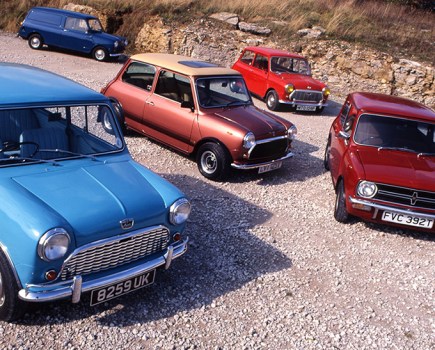With compact dimensions and an upmarket interior, there’s plenty to recommend the Wolseley 1500 and its badge-engineered Riley sibling
Words: Paul Guinness
What was originally designed as a potential replacement for the Morris Minor, featuring the same platform, torsion-bar suspension and rack-and-pinion steering, was moved upmarket prior to launch. BMC endowed the newcomer with a posher badge, a bigger engine and a more luxurious twist; the end result being the Wolseley 1500, which made its official debut in 1957, and the Riley One-Point-Five that arrived a few months later.
Both saloons appealed to motorists who appreciated traditional-style luxury in a relatively compact package. They shared essentially the same basic design, but with BMC-style badge-engineering giving them their own identities. There were also differences under the bonnet, despite the 1500 and One-Point-Five each using the same 1489cc engine: a single-carb set-up featured in the Wolseley and twin SUs in the Riley for a 68bhp (up from 43bhp) output and a top speed of 85mph.
The spring of 1960 saw MkII versions of both models appear, featuring hidden boot and bonnet hinges and other minor updates. The MkIIIs that debuted at the 1961 Earl’s Court Motor Show brought slightly bigger changes, including redesigned rear lights, a revised grille, lowered suspension and a gearbox upgrade.
From launch, the £796 Wolseley had a cost advantage over the £864 Riley, which it kept throughout its eight-year run. This helps explain why more than 103,000 1500s were built in total, compared with fewer than 40,000 One-Point-Fives. Neither car was a bestseller but that wasn’t the point; they were both handsome offerings for the discerning buyer who sought something more upmarket than most other saloons of similar size.
Grab a decent survivor now and you’ll get to enjoy a cosseting interior (thanks to its leather-faced seats and wood-veneer dashboard) and a rewarding driving style, particularly in Riley guise.
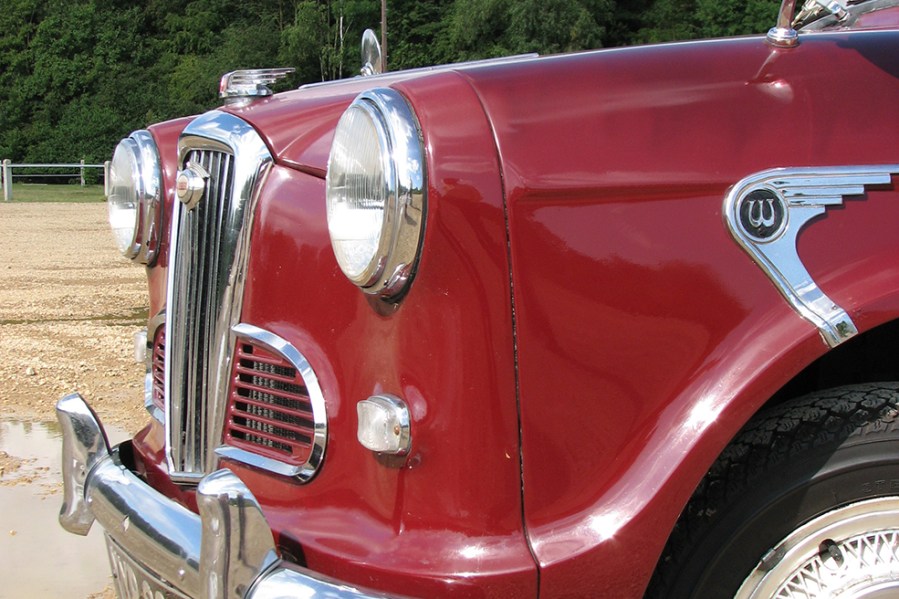
Bodywork
As with any monocoque saloon of the 1950s, the Wolseley 1500 is no stranger to rust. Naturally, most of today’s survivors will have had some sort of restoration work carried out over the years, so it’s essential that you check the standard of this. When checking for rust in all the places we’re about to cover, you should also be looking for signs of filler, bubbling paintwork or suspicious looking underseal; if a restored car doesn’t come with photographic evidence of what’s been done, you should be extra vigilant.
When checking for rot, it makes sense to start at the front, checking each front wing just back from the headlamp, down the rear edge and at the bottom of the A-post. The inner wings are just as vulnerable, so carefully check underneath and also lift the bonnet to examine where they join. The large front panel is also prone to rot, particularly where it joins the front wings; check that the seams are still intact and haven’t been crudely filled over.
Working your way along the car, thoroughly check the inner and outer sills as well as underneath, where the front ‘chassis’ legs, suspension mounting points and floorpan are all vulnerable. As you get towards the back, it’s the rear spring mountings that are most likely to be rotten or showing signs of repair. Make sure that any previous welding has been done to a high standard. There’s not much that can’t be fixed, but bear in mind the cost of professional repairs – including fabricating new sections – before you take the plunge.
Thanks to blocked drain holes, the bottom of each door can rot, although there are usually secondhand ones in good condition available. The rear doors also rot around the wheelarch, while the lower part of the car’s rear quarter panel can also be affected.
Unlike the Morris Minor, new panels and repair sections aren’t widely available for the Wolseley 1500 or Riley One-Point-Five. Ex-Pressed Steel Panels (www.steelpanels.co.uk) does offer new front wings, but at around £975 each including VAT they’re obviously not within everyone’s budget. The same company also produces outer sills, available with or without the shaped ends and priced at approximately £230 and £374 each respectively. It’s also worth checking out the latest repair sections from Longbridge Motor Spares (www.longbridgemotorspares.co.uk), but for most panels it tends to be a case of restoration rather than replacement.
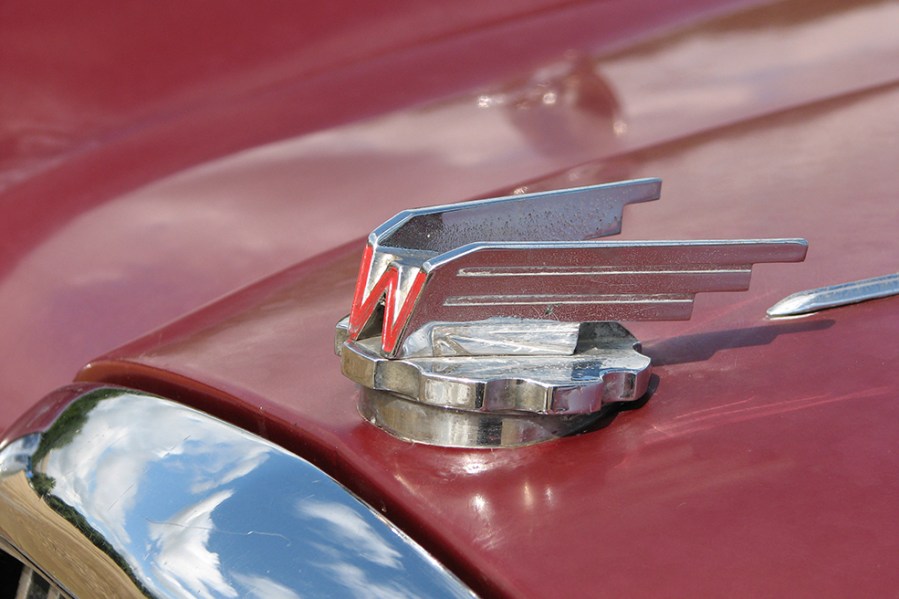
Engine and transmission
The engine used in these mid-sized saloons is BMC’s familiar B-series in 1489cc guise, a unit that powered many other BMC offerings including the MGA. It’s simple in design and robust by nature, which is great news for owners today. Given its ubiquity, there are also few problems when it comes to spares and service items, most of which are available off the shelf via specialists.
The simplest unit to get running right is the Wolseley item with its single SU carburettor, although the twin-carb advantage in terms of power and performance makes the Riley the ultimate choice for many enthusiasts.
The B-series can have a tendency to ‘run on’ even when in good health; if it’s excessive it’ll need looking into. These engines are known for using a fair amount of oil, although very high consumption should be investigated further. If there’s a lot of noise from the valve gear, the clearances will need to be reset – and in some cases, that means first replacing worn shafts and bushes. As always, carry out the usual checks for head gasket failure (not common but not unknown) as well as general engine wear (blue smoke under load, bottom-end rumbles and so on).
It’s not unusual to come across a Wolseley 1500 or Riley One-Point-Five that’s been modified under the bonnet, with some owners fitting 1622cc or even 1798cc versions of the B-series engine – and in twin-carb MGB spec, the latter creates a real sports saloon. If the car you’re buying has had an engine upgrade, make sure the suspension and brakes have also been improved in order to cope.
The four-speed gearbox used in each car is tough and reliable, but it is still important to check for easy gear selection, no signs of popping out of gear, and no evidence of clutch slip. You can expect some gearbox whine, even when it’s in perfect health.
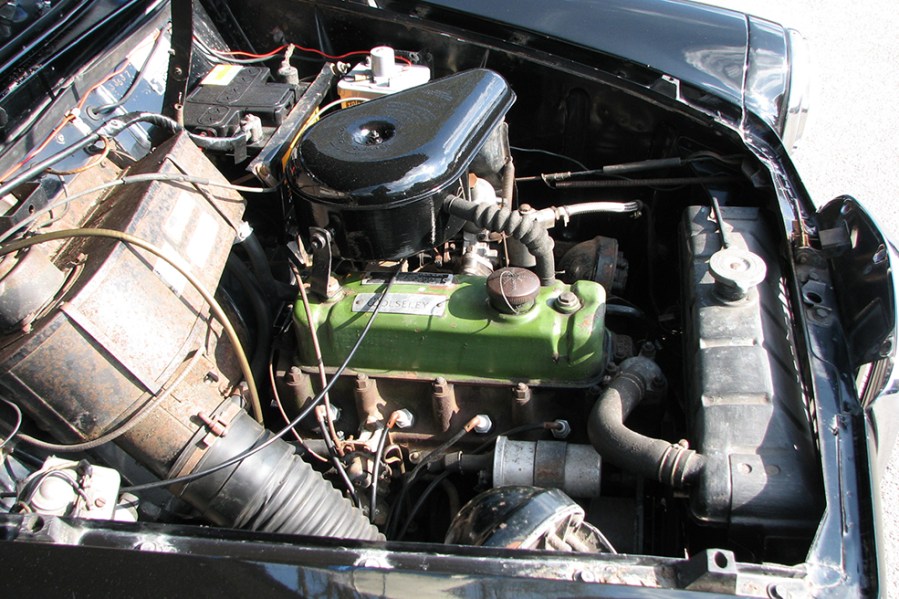
Suspension, steering and brakes
The rack-and-pinion steering is a real advantage with these cars, and should feel both light and precise; if it’s in any way sloppy or feels oddly heavy, you’ll need to plan for a steering refurb. Remember too that the steering swivel pins and joints need greasing every 1000 miles, causing premature wear if neglected; dry joints will eventually seize, with the pin shearing and the front wheel collapsing.
These cars’ lever arm dampers aren’t the most long-lasting but they are relatively easy to change, and replacements are readily available. It’s not unusual to come across Wolseleys (but more often Rileys) with an aftermarket anti-roll bar upgrade for improved handling, although MkIII examples in particular tend to behave well enough in standard spec.
Although both cars feature drum brakes all round, the Riley came with bigger Girling drums than the Wolseley’s Lockheeds; each set-up is adequate for the power on offer. Obviously, you’ll need to carry out the usual checks for worn hoses, corroded pipes, scored drums and worn shoes, but each one is an uncomplicated set-up that’s inexpensive to put right if in need of attention.
Out on the road, you can expect some whine from rear axle, as well as axle hop over bumps and potholes, but nothing serious enough to spoil the experience.
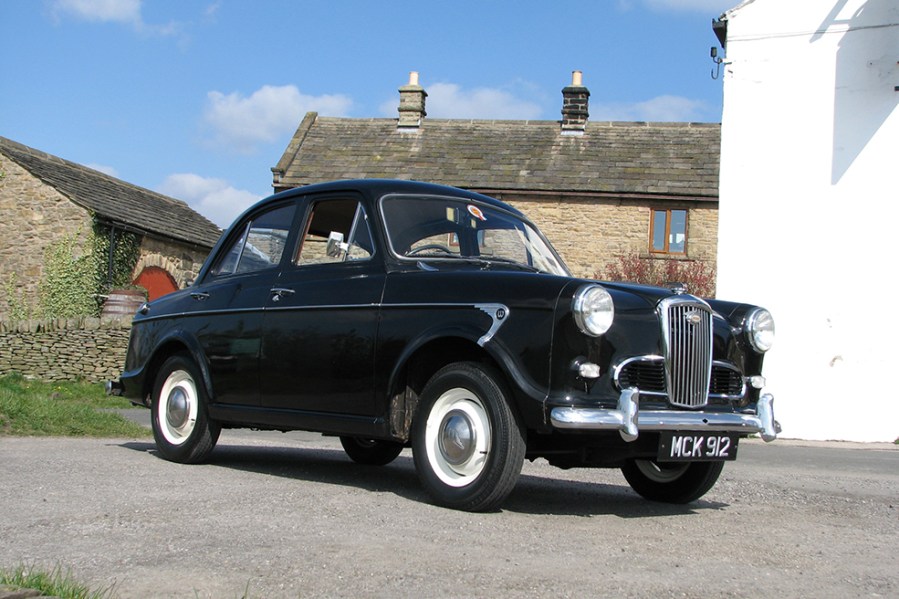
Interior, trim and electrics
One of the big selling points of these cars was the upmarket interior, which made most compact saloons of the 1950s and 1960s seem basic by comparison. Interior renovation to a high standard can be expensive, so be on the look-out for chips and cracks in the dashboard veneer; if the car you’re inspecting also has wooden door cappings, these are particularly prone to sun damage.
Decent quality leather is used on the seat facings, but is prone to splits and general wear; MkI and MkII cars tended to feature two-tone trim in a choice of combinations, so finding good replacements might not be easy. You should also check the vinyl seat backs and door cards for damage. A more basic Fleet version of the Wolseley 1500 with Vynide trim was offered from 1959, though any survivors are now extremely scarce.
Each dashboard features a large radio speaker in the centre, and you obviously need to check that any fitted radio – whether period or not – is in working order. While on your test drive, make sure all the dials and switches are working as they should; there’s little in the way of complication on board, so it’s an easy process.
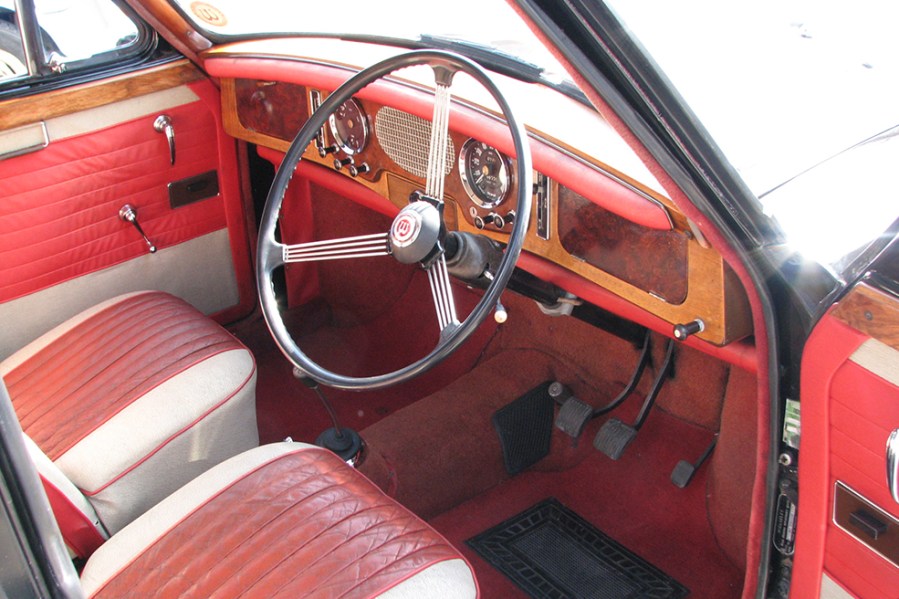
Wolseley 1500: our verdict
Whether you’re tempted by a single-carb Wolseley 1500 or a twin-carb Riley One-Point-Five, both cars are among the best choices for fans of 50s-style saloons with an upmarket twist. Compact enough to fit in pretty much any modern garage, but powerful and comfortable enough to effortlessly tackle a lengthy journey, there’s a lot to be said for this good-looking duo.
They might not offer quite the same level of parts availability as their Morris Minor compatriot, particularly when it comes to off-the-shelf body panels, but both the 1500 and One-Point-Five are easy to maintain and simple to repair – and when it comes to acquiring mechanical parts and basic service items, you’ll find little to complain about. Throw into the mix the fact that they still offer decent value for money, and you have a period saloon package that’s hard to beat.
Although prices have risen in recent years, the Wolseley 1500 manages to offer great value by ‘premium compact’ standards. Projects start from around £1500–2500, at which level you can expect a great deal of restoration work. Increase your budget to around £5000 and you’ll be able to find a car that, although still in need of ongoing work, would make an excellent rolling project.
Cars in very good order that aren’t immaculate but wouldn’t look out of place at a local show tend to be £7500–8000, while anything priced at £10,000 or above should be extremely well-preserved and ready to display. You might pay £15,000-plus for a ‘concours’ example, but there’s no need to if you’re after a usable car to enjoy.
Riley One-Point-Five prices tend to be slightly higher thanks to their rarity and extra driver appeal, though again a budget of £10,000–12,000 should buy an excellent standard-spec example that’s ready to show.
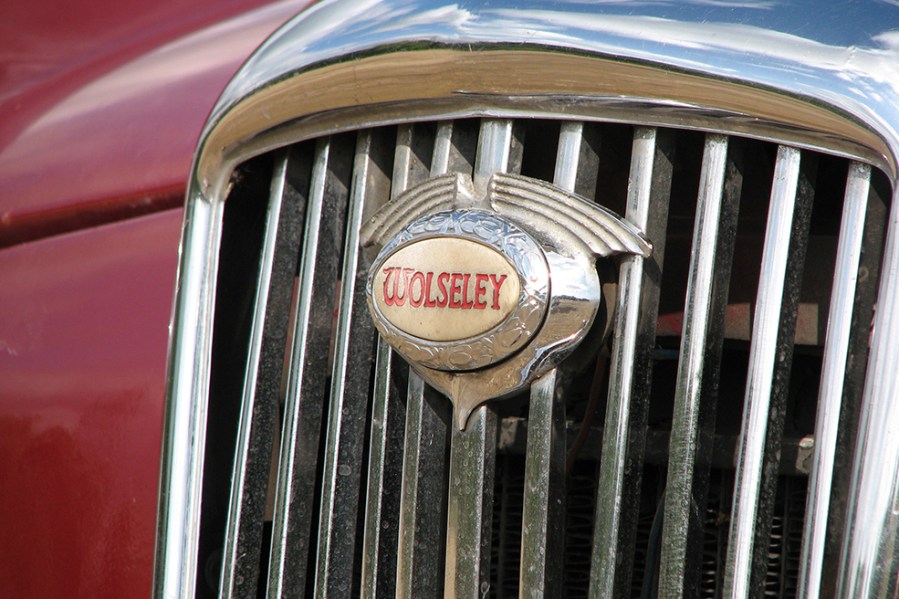
Wolseley 1500 timeline
1957
Wolseley 1500 launched, followed in November by the Riley One-Point-Five
1960
MkII versions of both cars debut, featuring hidden boot and bonnet hinges
1961
MkIIIs arrive complete with new rear lights, lower suspension and gearbox upgrade
1965
Production ceases in the April; unofficial successors are the Wolseley 1100 and Riley Kestrel
Wolseley 1500 alternatives
Hillman Minx ‘Audax’
While the basic Minx can’t match the Wolseley for upmarket image and luxurious trimmings, Rootes Group’s little superstar sports lovely Studebaker-inspired styling and is great fun to drive. Prices are still keen, too.
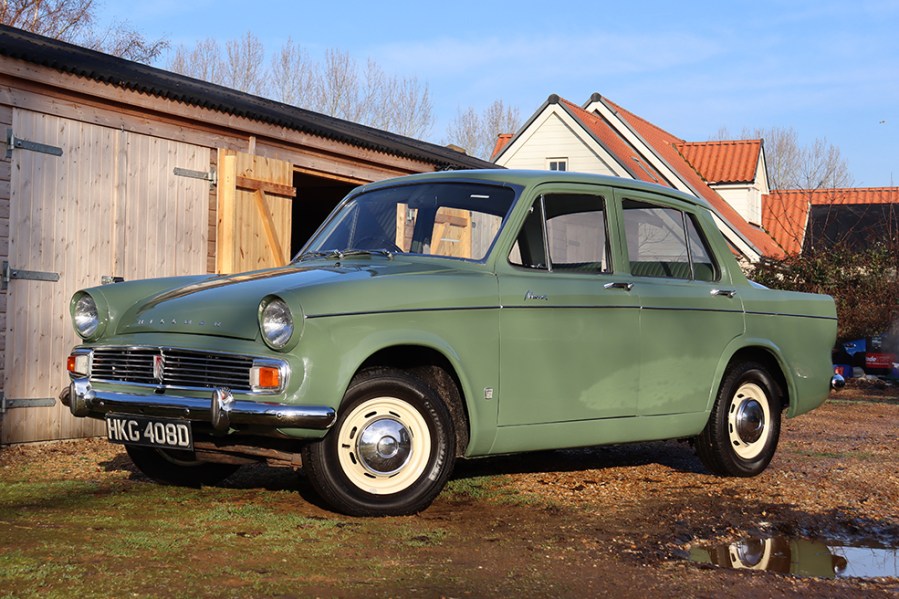
BMC 1100/1300
The badge-engineered BMC 1100/1300 range came in a wide ride of flavours to suit all tastes, including Wolseley and Riley versions that took over where the 1500 and One-Point-Five left off. They’re great to drive but rust can be a major issue.

















